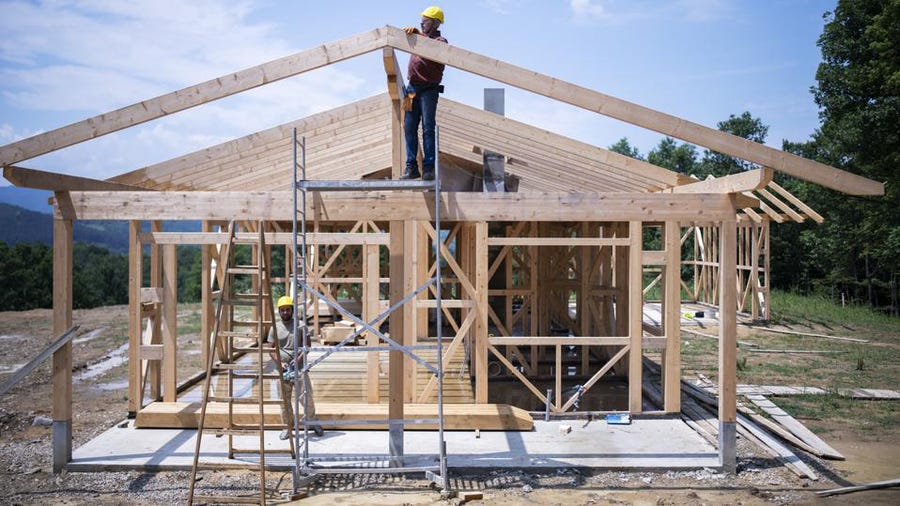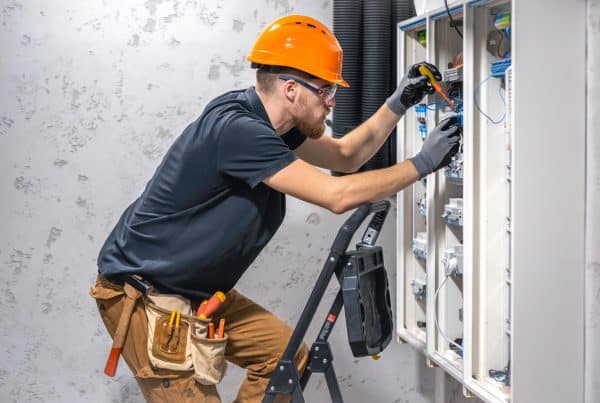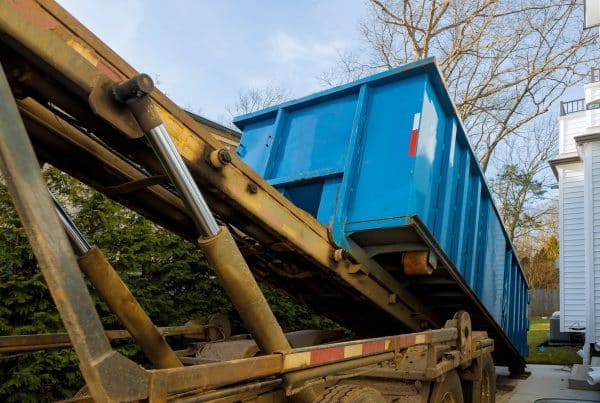Natural calamities can happen anytime and anywhere, causing debilitating damages to life and property. The losses and damages that natural disasters bring upon the earth are concerning. Even though natural calamities can be predicted to alert people, the damage they can do cannot be estimated. Not only do human beings suffer its wrath, but their personal property and assets such as houses and cars also face its consequences.
When nature releases its fury, the destruction can leave you in unprecedented pain and financial distress. While nothing can alleviate emotional trauma, you can still have hope when it comes to monetary setbacks. This entire scenario brings us to the importance of getting our valuables insured. For instance, your house makes up one of the biggest valuables that you will own in your entire life.
Thus, it makes sense to get home insurance for your house and also for the items in it. Insurance brings us to the important question: why is house construction cost calculated? To know the answer you need to first understand how home insurance and reconstruction costs are linked.
What does home insurance signify?
Given that your house can culminate into a complete loss in events of fire and natural disasters, homeowners consider buying home insurance. Home insurance involves two primary types of policies to protect your house. The first policy type is a comprehensive home insurance policy, and the second is the basic fire insurance policy.
Under the fire insurance policy, the insurance will typically cover your house in an incident with all damages such as fire and other perils including flood, lightning, storm, and riot. Sometimes homeowners need to pay an additional premium to their existing insurance for covering other types of natural calamities such as landslides and earthquakes. This type of insurance coverage depends upon the location you are second in.
Under the comprehensive insurance policy, homeowners receive more benefits. This primary coverage policy bifurcates into two parts: on the one hand, one part covers the building structure against fire and other unfortunate events. On the other hand, the second part covers the items inside your house such as furniture, appliances, and other valuable contents against similar perils.
In times of unfortunate events, your home insurance will cover the reconstruction cost. The value of your policy will depend on other factors (which will be mentioned hereafter) and not the market value of your house. All in all, you need to check with your insurer to know the perks and limitations of your reconstruction cost insurance.
The need for calculating home- reconstruction cost
Your home is prone to getting partially or completely damaged in times of catastrophic events, taking you down financially. Such instances have forced insurance providers to re-evaluate the need for appropriate insurance policies to provide better coverage to the policyholders. Home reconstruction cost is one such coverage that homeowners need for home renovations projects when their house is destroyed in a fire or other natural hazards.
The basic part of a home insurance policy applies to personal property coverage and dwelling coverage. On the one hand, dwelling coverage applies to your building and attached structure. On the other hand, personal property coverage applies to personal belongings.
You might be unaware, but your house value essentially has three fundamental components: land, locality, and building costs. Your home reconstruction insurance will be calculated only on the building cost and not the market value of your house. This confusion is why house reconstruction cost is often mistaken as the market value homeowners paid for their property. However, reconstruction cost values or RCVs are determined using sophisticated building estimation tools.
Calculating home reconstruction cost
More often than not, the homeowner’s insurance policy covers replacement cost value that pays the entire amount for rebuilding or repairing. But this may not be the case if you have an older home or home with architectural structures that are too expensive to replace. In such cases, you can consider the HO-8 policy.
One of the primary components of a homeowners insurance policy is the home reconstruction caused. Homeowners generally select this type of policy to repair or reconstruct a home if it is damaged or destroyed after a natural calamity for perils such as fire. As mentioned previously, the reconstruction cost value is not calculated on your home’s market value, but the building cost. If calculation seems to be a bit confusing, here’s how you can do it to get the right value.
The home reconstruction cost calculator
An easy way to go about with reconstruction cost for your damaged home is to determine the average rebuilding cost per foot for your home area and then multiply it by the home’s total square footage. For example, suppose you have a 4000 square foot home, and the local building costs $100 per square foot. After calculation, you will be looking at a reconstruction cost of $ 400,000. Here is a simple formula you can follow:
RCV= House sq. ft. x local reconstruction cost per sq. ft
You can find your area’s local rebuilding cost on the website of the local construction companies. You can also reach out to the contractor by yourself rather than to determine it by yourself.
Additional ways to calculate the home construction cost
Below are a few additional ways that will help you calculate your home’s reconstruction cost:
Home insurer appraisal
When the task is about calculating home reconstruction value, home insurance providers use the homes insurer appraisal way. Several insurers use software designed by insurance analytics companies, but such appraisals may not be as appropriate as in-person appraisals.
Online appraisal tools
Another way to find your home’s reconstruction value is to subscribe to a free or subscription-based tool. These online calculators use location-based values to make the final calculation. You can use this to get a rough idea of the rebuilding cost or you can use the home replacement cost estimator.
Insurance companies use the Reconstruction Cost Estimate (RCE) tool to calculate the total rebuilding cost of your home in the unfortunate event of a total loss. But you need to keep in mind that the estimate is dependent on the present cost of building material, local labor, permits, etc. The re-construction cost estimate tool is one of the most accurate ways to determine the rebuilding cost of your home. It also provides an idea of how much dwelling coverage homeowners should consider purchasing.
Professional appraisal
Apart from the RCE tool, another accurate way to estimate your house reconstruction cost is to consult a professional local appraiser who can provide you with a better assessment based on your home’s unique characteristics. Professional appraisers or contractors have a better understanding of local building costs and ordinances. Consequently, they can do a good job inspecting your home for the best value.
Conclusion
Getting home insurance to protect your house and your valuables against natural calamities and unfortunate disasters is not expensive. If you are a homeowner, you should consider buying home insurance with reconstructing and rebuilding coverage. It may be overwhelming for you to go through the rebuilding process after total damage. But an insurance policy will save you from major financial distress.








